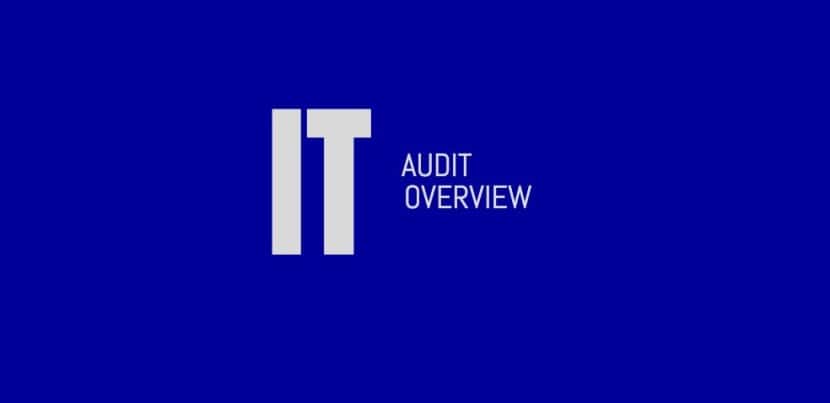IT Audit, also known as Information Technology Audit, is a systematic evaluation of an organization’s IT infrastructure, systems, operations, and controls. It focuses on identifying risks, assessing controls, and ensuring compliance with regulatory requirements and industry best practices. IT audits play a crucial role in helping organizations identify vulnerabilities, improve IT governance, and safeguard their digital assets.
Key Objectives of IT Audit:
Risk Assessment: IT audits evaluate and identify potential risks associated with the organization’s use of technology. These risks could include data breaches, system failures, unauthorized access, fraud, and compliance violations.
Compliance Verification: IT audits ensure that the organization complies with relevant laws, regulations, and industry standards such as the General Data Protection Regulation (GDPR),Payment Card Industry Data Security Standard (PCI-DSS),Health Insurance Portability and Accountability Act (HIPAA),etc.
Control Evaluation: IT audits assess the effectiveness of controls implemented to mitigate risks. Controls may include logical access controls, change management processes, data backup and recovery procedures, disaster recovery plans, etc.
System Performance Evaluation: IT audits review and analyze the performance of IT systems, including hardware, software, networks, and databases. This evaluation helps in identifying bottlenecks, vulnerabilities, and areas for improvement.
Key Steps in conducting an IT Audit:
Planning: A comprehensive audit plan is developed, defining the scope, objectives, and methodology of the audit. Key areas to be audited are identified, and necessary expertise and resources are allocated.
Fieldwork: This phase involves collecting data and evidence related to the audited areas. It includes reviewing policies, procedures, system configurations, documentation, conducting interviews, and performing tests of controls.
Risk Assessment: The collected information is analyzed to identify risks and assess the likelihood and potential impact of those risks. Risk ranking helps in prioritizing audit findings and recommendations.
Control Evaluation: The effectiveness of controls in managing identified risks is evaluated. This assessment involves examining control design, implementation, and operating effectiveness. Non-compliance or control weaknesses are reported.
Reporting: Audit findings, recommendations, and management responses are documented in a comprehensive report. It includes an executive summary, detailed findings, associated risks, recommendations, and an action plan.
Follow-up: Audit recommendations are tracked to ensure their implementation. Follow-up audits might be conducted to verify the effectiveness of the remedial actions taken by the organization.
Key Benefits of IT Audit:
Risk Mitigation: IT audits help organizations identify and address potential risks to their IT systems, thereby reducing the likelihood of security breaches, data loss, and operational disruptions.
Compliance: By ensuring compliance with laws and regulations, IT audits protect organizations from legal and regulatory penalties, reputational damage, and loss of customer trust.
Enhanced Security: IT audits improve the security posture of organizations by identifying security vulnerabilities and suggesting appropriate controls and measures to mitigate them.
Efficiency and Performance Improvement: Audit recommendations drive process improvements, leading to increased efficiency, streamlined operations, and better utilization of IT resources.
Stakeholder Confidence: IT audits instill confidence in stakeholders, including customers, investors, and business partners, by demonstrating the organization’s commitment to information security, data privacy, and compliance.
In summary, IT audits play a critical role in ensuring the integrity, availability, and confidentiality of an organization’s digital assets. By identifying risks, assessing controls, and verifying compliance, IT audits enable organizations to proactively manage technology-related risks and make informed decisions regarding IT governance and security.









